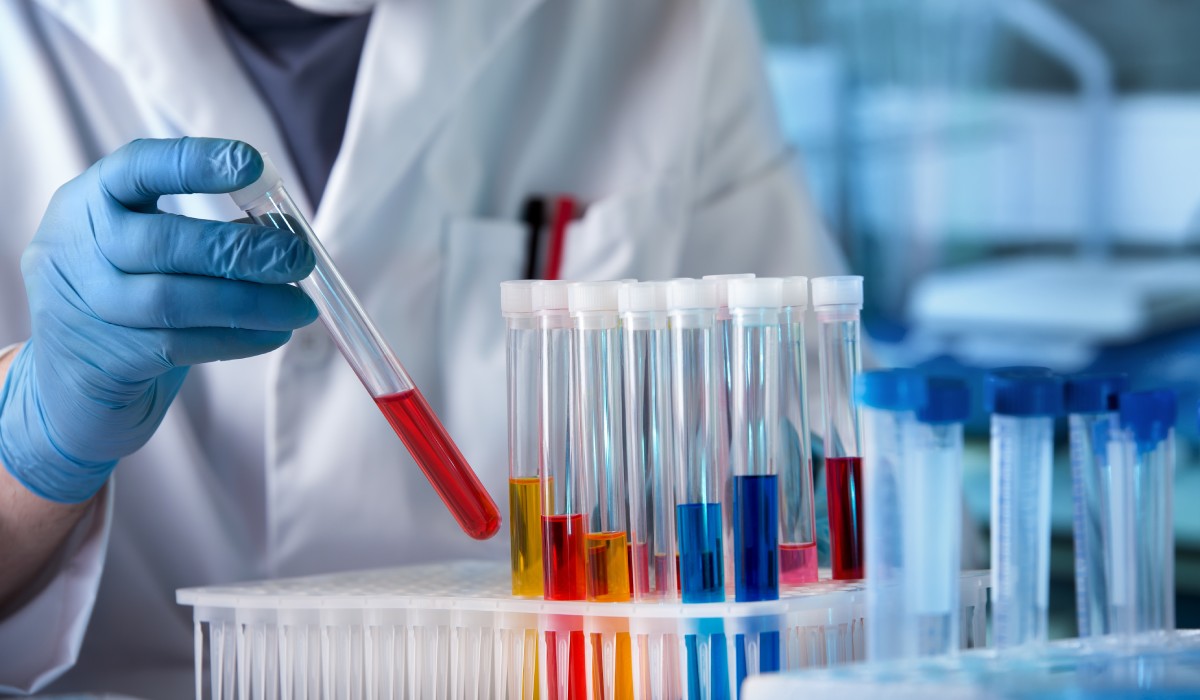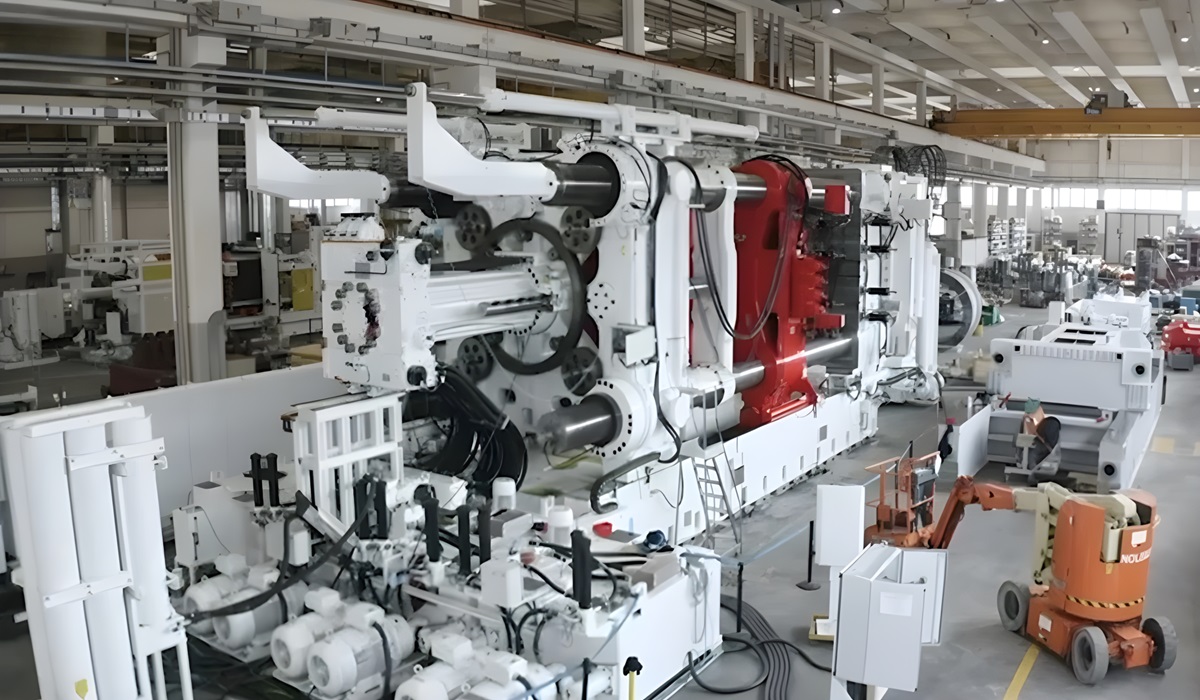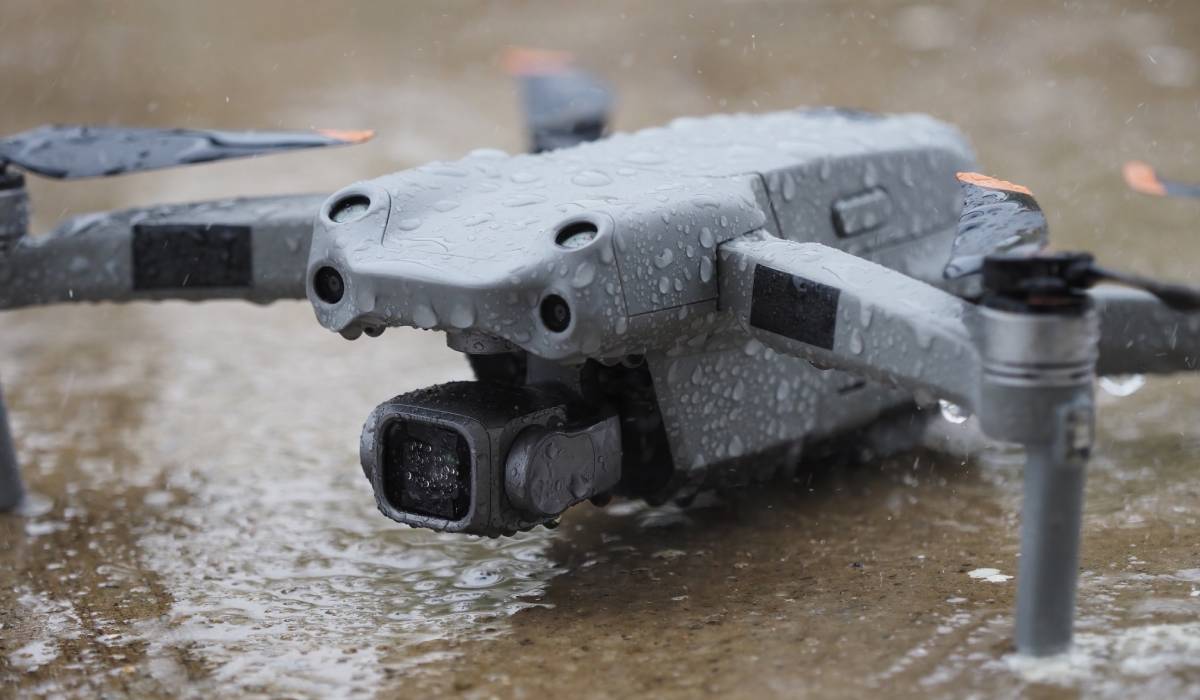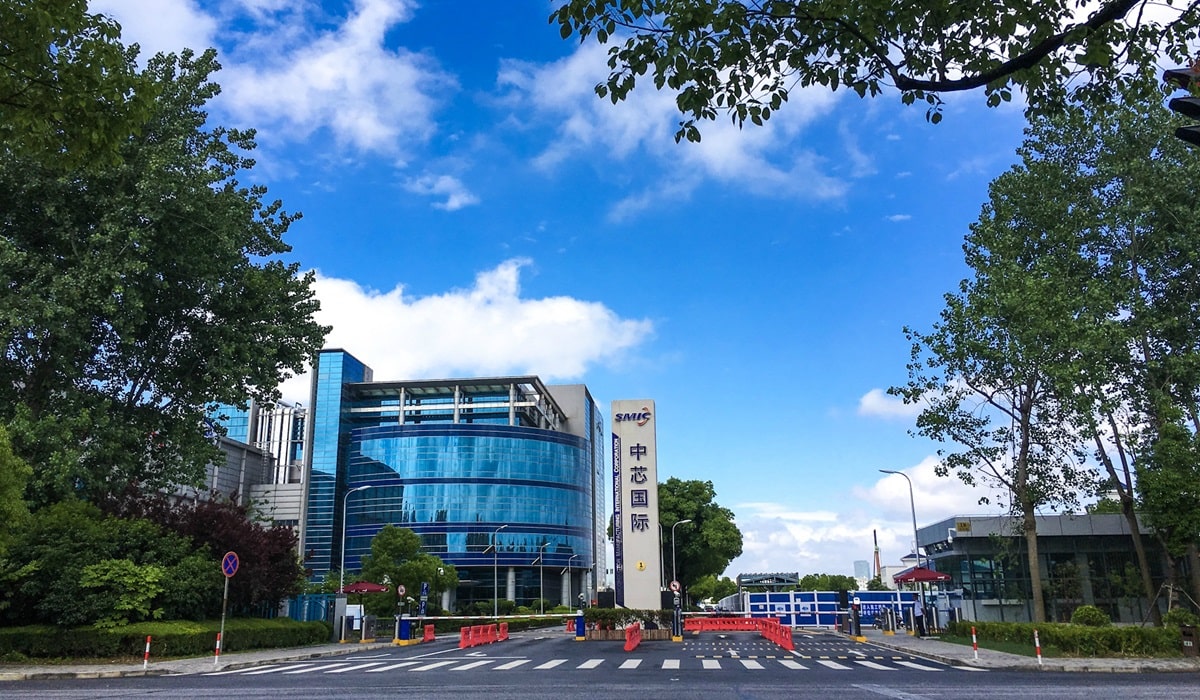In the meticulous sphere of bioprocessing, the tiniest missteps can lead to monumental consequences. Think about it—a wrong measurement, a delay in a critical step, even a momentary distraction—all hold the power to derail complex biomanufacturing processes that hinge on precision. This humbling truth underscores the urgent need to reduce human error in bioprocessing, an integral goal shared by scientists and industry leaders.
Unveiling the intricacies of bioprocessing presents an opportunity beyond the technicalities. It’s a call to action, an invitation to reframe our approach and step confidently forward into a realm where human innovation meets cutting-edge machinery.
Miscalculations, mishandling of equipment, and procedural lapses are not infrequent. They happen. And more often than not, they are avoidable. For instance, the oversight of why you should not consider reusing sterilizing filters can prove costly in terms of process purity and regulatory compliance. This stark lesson highlights that vigilance in every detail is key.
The secret to error eradication lies in the synthesis of people and processes. It’s about building a culture of precision, where every individual in the bioprocessing chain is not just aware but accountable for their role in maintaining the integrity of the process. Training and supervision are our allies in this quest. Organizations must invest in continuous learning and robust oversight to foster an environment where safety nets are the norm.
Case studies and success stories breathe life into the best practices we worship and demonstrate the alchemy between technology and the human touch. It’s a reality that yields quantifiable results, improved efficiencies, and inspired innovation. Champions emerge from the fray, armed with knowledge and determination, and they revolutionize the industry one step at a time.
Future trends and innovations offer a tantalizing glimpse into the bioprocessing ecosystem that awaits. They promise an era in which augmented reality and artificial intelligence (AI) are our silent sentinels. Still, they also remind us that technology can never fully substitute the human element—our intuition, adaptability, and resilience.
In the final analysis, the commitment to reducing human errors in bioprocessing is a continuous voyage. It’s an endless pursuit of perfection tempered by the reality of our human fallibility. We must march forward, equipped with newfound insights and unwavering resolve, to ensure the life-altering work bioprocessing undertakes is as flawless as our collective endeavor can make it.









